In the ever-evolving field of occupational therapy, assistive technology has emerged as a game-changer. These innovative devices empower therapists to enhance the lives of their clients with disabilities, enabling greater independence and improved quality of life. If you’re an occupational therapist looking to expand your knowledge of assistive technology, you’ve come to the right place.
In this comprehensive guide, we will explore a wide range of assistive technology devices that can be invaluable tools in your practice.
Mobility Aids
Mobility is a fundamental aspect of daily life, and assistive technology can significantly improve it for many individuals. Some devices to consider include.
- Wheelchairs and Scooters: These provide mobility for those with limited or no ability to walk.
- Adaptive Seating: Customised setting systems can enhance comfort and posture for wheelchair users.
- Walkers and Rollators: Aid those with balance and stability issues.
Communication Devices
For individuals with communication disorders or speech impairments, assistive technology can bridge the gap.:
- Augmentative & Alternative Communication (AAC) Devices: These devices range from simple picture boards to high-tech speech-generating devices.
- Communication Apps: Many apps are available for tablets and smartphones to support speech and language development.
Daily Living Aids:
Assistive technology can help clients perform daily tasks independently:
- Adaptive Utensils: To facilitate eating and meal preparation.
- Kitchen Tools/Appliances: Make life easier in the kitchen with modern kitchen aids like the Uccello Kettle so that you can still carry out daily tasks with safety and ease.
- Voice-Activated Assistants: Devices like Amazon Echo can help with controlling home environments.
Sensory Aids
Occupational Therapists often work with clients who have sensory processing issues. Consider these sensory-focused technologies:
- Sensory Integration Equipment: Swings, vibrating pillows, and weighted blankets can help with sensory regulation.
- Auditory Feedback Devices: These devices provide audio cues for tasks or reminders.
- Computer Readers and Magnifiers: Support those with visual impairments in using computers.
- Text-to-Speech Recognition Software: Assist clients with writing and communication tasks.
Environmental Control Systems
Assistive technology can transform living spaces to be more accessible:
- Smart Home Technology: Voice-activated controls for lighting, temperature, and security.
- Environmental Control Units (ECUs): These systems enable individuals with limited mobility to control appliances and devices.
Wearable Technology
The rise of wearable tech presents new opportunities in occupational therapy:
- Wearable Fitness Trackers: Encourage clients to monitor and improve their physical activity.
- Smartwatches: Offer reminders and notifications for daily tasks and medication management.
Assistive technology is a dynamic field, with new devices and solutions constantly emerging. As an occupational therapist, staying informed about these innovations can greatly benefit your clients. By incorporating these devices into your practice, you can help individuals with disabilities achieve greater independence, improve their quality of life, and reach their fullest potential.
So, whether you’re working with children, adults, or seniors, consider how assistive technology can be a valuable addition to your toolkit, enhancing your ability to provide comprehensive care and support to your clients.



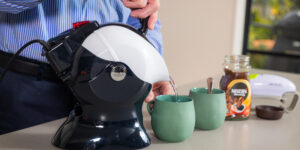




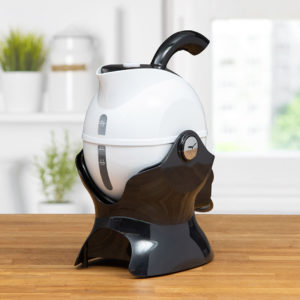
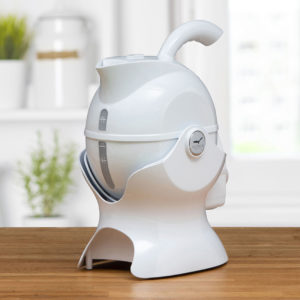
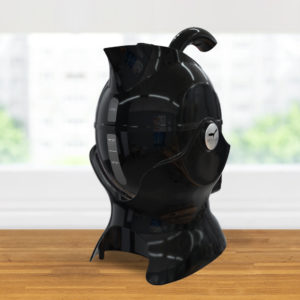
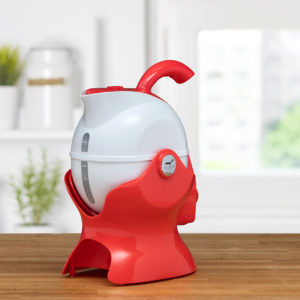

Leave a Comment